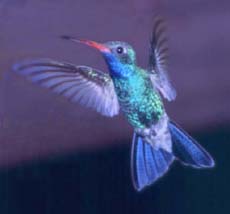
| Issue 3, Summer 2003 | ||||
In Depth: Assessing the Full Value of WildernessThe Little Things CountAn Essay by Dr. Tyler Kokjohn, Midwestern University, Phoenix
As we seek to convince others that protecting wilderness is a rational and vital investment in the future, it is important to avoid focusing the implications of this effort too narrowly. Conserving biological diversity should be a preeminent wilderness preservation goal. Protecting wilderness actually conserves far more biodiversity than the comparative few species—such as elk, wolves, and grizzly bears—the “charismatic megafauna” that humans find intrinsically captivating. One such forgotten realm of life is the world of microorganisms. Protecting wilderness is one of the best ways to preserve the mind-boggling capabilities of microscopic life forms that are critical to full functioning ecosystems everywhere. Quite simply, microorganisms keep the world and all of its larger, more visible species ticking. For example, microorganisms such as parasite species substantially outnumber their much larger hosts. Parasitism has appeared independently in almost every animal phylum, nonparasites are frequently hosts, and even the parasites themselves sometimes harbor unique parasite populations. Because each host species may harbor multiple parasite species, a good deal more ecosystem biodiversity actually exists in parasitic rather than free-living life forms.
Parasites
are often viewed as evolutionarily degenerate and problematic, but this
view is simply too limited. Parasitic organisms have evolved to thrive
in highly stressful environments in which the host attempts to orchestrate
their destruction. Solving such unique survival problems has probably
created novel biochemical capabilities, and humans may one day realize
that certain of these inconspicuous organisms possess useful attributes.
For example, hirudin, a saliva protein produced by the medicinal leech,
Hirudo medicinalis , is a potent and medically useful anticoagulant.
Perhaps other useful parasite bioactive proteins await human discovery
and utilization, if we only are careful to protect those environments
where they thrive. More
fascinating, some microbes could have been undergoing evolutionary diversification
for nearly 4 billion years compared to a mere 600 million years for
more complex organisms. In terms of sheer bulk, individual numbers,
and critical biochemical activities, microbes dominate the biosphere.
Microbiologists have recognized recently that only a tiny fraction of
the microbes present in any ecosystem are readily cultured, meaning
that the vast majority of bacteria, for example, have never been grown
in the laboratory and are uncharacterized.
Even though microbes are a proven antibiotic source and have long been used
in many food and industrial processes, scientists have only recently
recognized and harnessed the remarkable biotechnological capabilities
some microorganisms offer. For example, heat-stable enzymes obtained
from bacterium that inhabit hot springs—called Thermus aquaticus—
are used in new DNA analysis procedures that have sometimes freed
persons wrongly convicted of crimes and have detected disease-causing
mutation in our genomes. This
enormous potential has driven the creation of new companies such as
Diversa Corporation (San Diego, CA), which is dedicated specifically
to exploring the untapped biotechnological potential of Earth’s microbial
biodiversity. Wilderness
is sometimes assigned an economic value based on the revenues projected
from extractive activities, ecotourism, and recreation. In addition
to some easily recognized benefits, conserving wilderness also safeguards
substantial amounts of biodiversity and the evolutionary heritage of
the planet. While a precise dollar figure cannot be assigned to biodiversity
conservation, the inescapable fact is that the
vast bulk of our biological wealth remains wholly unknown. Given this
situation, and the understanding that the future benefits attainable
from biodiversity may be immense, a consistent wilderness conservation
policy represents an eminently logical and practical investment in both
our environmental condition and economic future. Habitat
losses and species extinctions are accelerating. Safeguarding wilderness
and simultaneously conserving biological heritage makes sense for many
reasons, including potentially significant future economic, medical,
and national security interests. It is important to make the case that
wilderness conservation must be viewed not as nice aesthetic option
for some limited areas, but as a vital activity and urgent responsibility
to future generations. Dr.
Kokjohn is a microbiologist at Midwestern University, Glendale, AZ.
About 15 years ago, he began conducting research assessing the environmental
risks associated with genetically modified bacteria. The AWC newsletter
sparked his interest in Arizona wilderness issues and he has recently
been visiting Agua Fria National Monument to obtain the first-hand knowledge
that will make his input at BLM planning sessions and workshops as credible
as possible. Anonymous.
2002. The Biological Value of America’s Redrock Wilderness. Redrock
Wilderness 19(3):6. Larry
S. Roberts and John J. Janovy, Jr. 2000. Gerald D. Schmidt and Larry
S. Roberts Foundations of Parasitology, 6 th edition. McGraw-Hill, New
York. Carl
Zimmer. 2001. Parasite Rex: Inside the Bizarre World of Nature’s Most
Dangerous Creatures. Simon and Schuster, New York E.
O. Wilson. 1992. The Diversity of Life. W. W. Norton & Co., New
York R.
M. Atlas and R. Bartha. 1998. Microbial Ecology. Fundamentals and Applications,
Fourth ed. Addison Wesley Longman, Inc., New York. |
||||
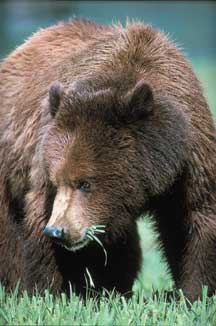
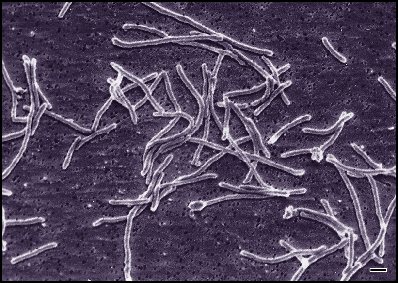
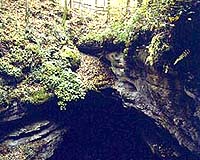
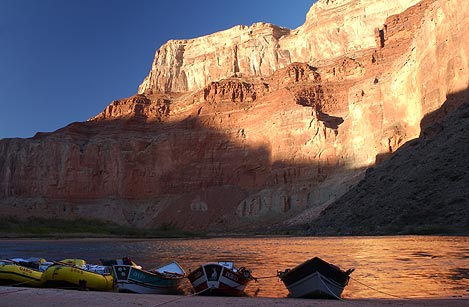
 Our
list of outdoor events has diminshed somewhat due to the Arizona summer heat,
but take a look anyway! We are offering several exciting wilderness excursions
around the state.
Our
list of outdoor events has diminshed somewhat due to the Arizona summer heat,
but take a look anyway! We are offering several exciting wilderness excursions
around the state. 
